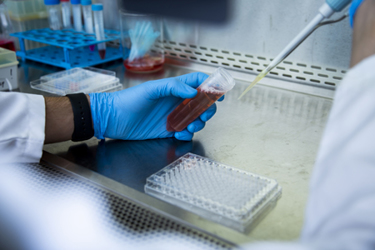Leverage Automated Workflows To Enable Complex Organoid Assays
By Oksana Sirenko, Zhisong Tong, Krishna Macha, Angeline Lim | Molecular Devices, LLC

This content is brought to you by Molecular Devices, a Danaher Operating Company.
The complexity of 3D models remains a hurdle for the wider adoption in research and drug screening. 3D organoids are becoming popular for drug discovery and disease modeling as they better represent biologically relevant microenvironments, tissue architecture, and functionality. This study takes a deeper look into automated procedures by covering the two most common organoid workflows:
- organoids cultured in matrix (Matrigel) that includes primary tissue-derived or iPSC-derived intestinal or colorectal organoids
- organoids cultured matrix-free using U shape ULA labware, used for spheroids and patient-derived breast cancer tumoroids
Learn about methods that provide automated cell plating, culture monitoring, media exchange, and a high-content imaging, as well as a process used for automation and compound screening in 3D biology.
Get unlimited access to:
Enter your credentials below to log in. Not yet a member of Cell & Gene? Subscribe today.
